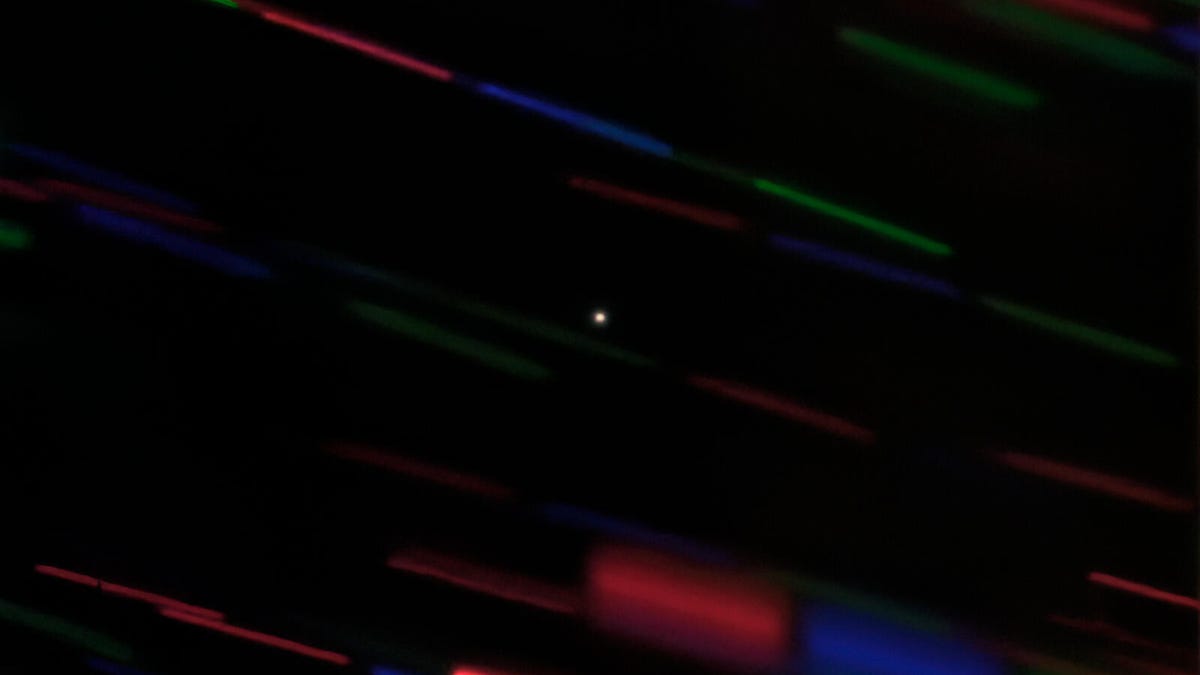Earth's temporary mini-moon shines in new color portrait
One astronomer suggested the mini-moon might not be natural.

The Gemini Observatory captured this image of 2020 CD3.
Let's hope our main moon doesn't get jealous of our cute little mini-moon.
Astronomers used the Gemini Observatory in Hawaii to snap an image Feb. 24 of a small object temporarily caught in Earth's gravity. The color image shows a small bright dot against a dark background with star trails. It's not much to look at, but it's remarkable the observatory was able to get a shot of the tiny object, which is only a few meters across.
"If it is natural in origin, such as an asteroid, then it is only the second known rocky satellite of the Earth ever discovered in space other than the moon," the National Science Foundation's National Optical-Infrared Astronomy Research Laboratory said in a statement Thursday.
Astronomers discovered the object in mid-February, though it's been in Earth's orbit for several years. The possible mini-moon is named 2020 CD3, and it's not going to stick around.
"Obtaining the images was a scramble for the Gemini team because the object is quickly becoming fainter as it moves away from Earth. It is expected to be ejected from Earth's orbit altogether in April," said John Blakeslee, head of science at the Gemini Observatory.
Astronomer Grigori Fedorets, who led the Gemini observations of 2020 CD3, suggested the object might possibly be human-made space debris. Scientists hope additional observations will help pinpoint its origin. Until then, 2020 CD3 will remain a mysterious mini-moon-like object.
Don't worry, big moon. Earth still loves you.

